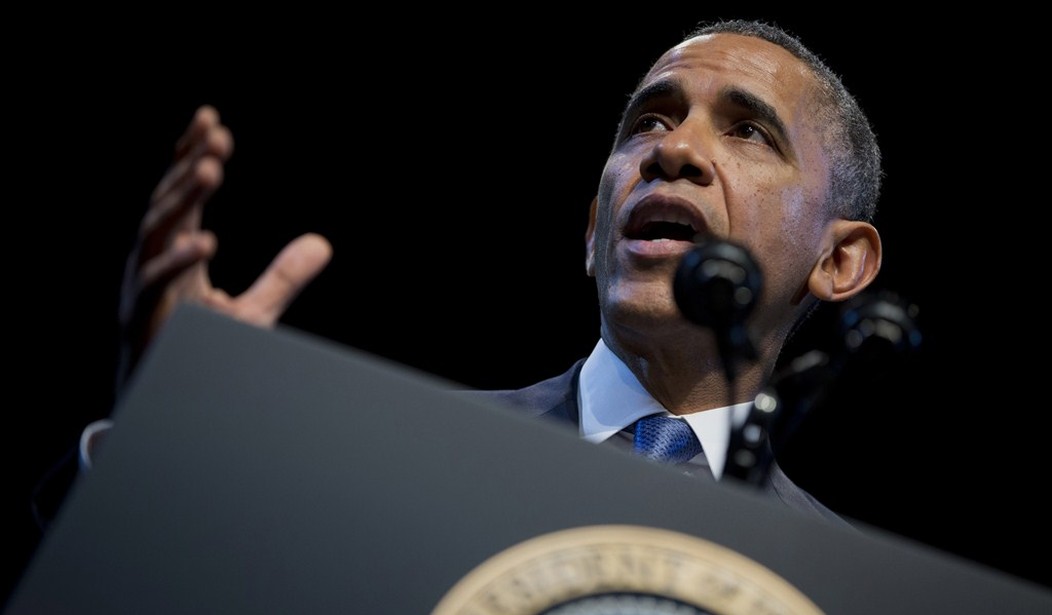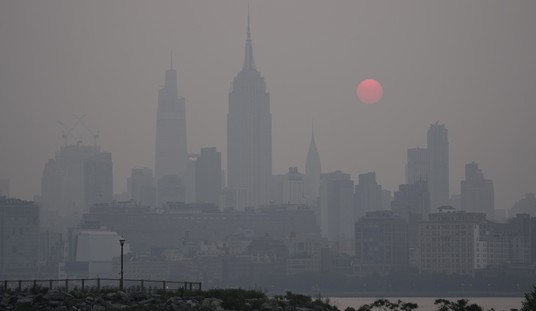Unfortunately, bad facts make for bad policy. Let’s look at just some of the ways they get it wrong.
Inequality has never been worse. Let’s not even discuss the fact that for large swaths of human history inequality was the norm (kings vs. serfs, anyone?). More significantly, inequality isn’t even at the highest level in recent American history.
Most of those discussing the rise in inequality, including Piketty, look at “market income,” which does not take into account either taxes or social-welfare transfer payments. I’ve fallen into this trap myself on occasion. But, obviously, both of those factors have a significant impact on net income. If those factors are taken into account, income inequality actually decreased in the U.S. over the decade from 2000 to 2010, according to Gary Burtless from the liberal Brookings Institution.
Looking at the issue from another direction, a study by Kevin Hassett of the American Enterprise Institute finds that consumption (that is, spending) for both the highest quintile and the lowest has been relatively flat over the last decades, weakening the argument that there has been increasing inequality.
Of course, I’ve been talking about income, and Piketty and others are more concerned about the disparity in accumulated wealth. The highest quintile, after all, may be saving their increased wealth rather than spending it. Over time, this can lead to increasing disparity. But even here, the evidence shows that wealth distribution has been relatively stable over the past several decades. According to research using the Federal Reserve’s Survey of Consumer Finances, the wealthiest 1 percent of Americans held 34.4 percent of the country’s wealth in 1965. By 2010, the last year for which data are available, that proportion had barely risen, to 35.4 percent.
The rich don’t earn their money, they inherit it. Piketty worries that inheritance will lead to much more inequality in the future. But, at least currently, inheritance plays a very small role. About 80 percent of American millionaires are the first generation of their family to attain that status. Only 19 percent receive any significant income or wealth from a trust fund or an estate, and fewer than 20 percent inherited 10 percent or more of their wealth. As National Review’s Kevin Williamson has pointed out, for the richest 1 percent of Americans, inheritance accounts for just 15 percent of their wealth. No doubt that’s still a lot of money, but the plain fact is that most of the rich earn their wealth.
In fact, wage income is responsible for a majority of net worth for wealthy Americans. Among the top 10 percent in terms of wealth, wages accounted for 55.8 percent of their net worth in 2010. This actually represented an increase from 46.2 percent in 2007; it is likely that stock-market losses during the recession increased the role of wages and lowered the contribution of capital gains. Interest and dividends even among this most affluent cohort accounted for less than 10 percent of net worth. Nearly half of high-net-worth households do not have the kind of capital investments in properties, businesses, or stocks that Piketty fears will lead to inherited fortunes and ever-increasing inequality.
America hardly seems about to turn into a nation of non-working landed gentry or rentiers. Most of the wealthy continue to be professionals who earn most of their wealth through their occupations.
The rich stay rich; the poor stay poor. Sure, some families stay wealthy for generation after generation. The Kennedys, Rothschilds, du Ponts, and Rockefellers all spring easily to mind. Yet it is also true that wealth is often dissipated over generations; research shows that the wealth accumulated by some intrepid entrepreneur or businessman rarely survives long. In many cases, as much as 70 percent has evaporated by the end of the second generation and as much as 90 percent by the end of the third.
Even over the shorter term, the composition of the top 1 percent often changes dramatically. If history is any guide, roughly 56 percent of those in the top income quintile can expect to drop out of it within 20 years. Of course, they may retain accumulated wealth, but even by this measure shifts can occur rapidly. Indeed, just as rises in capital markets can make some people rich, declines can wipe out their wealth just as quickly. During the nadir of the recession, declining stock-market returns resulted in a 39 percent decline in the number of American millionaires.
At the same time, it remains possible for the poor to become rich, or, if not rich, at least not poor. Studies show that roughly half of those who begin in the bottom quintile move up to a higher quintile within ten years. And their children can expect to rise even further. Better than one out of every eleven children born to parents in the bottom quintile of incomes will reach the top quintile of incomes over the course of their lifetime.
Greater inequality necessarily means greater poverty. Although it is a virtual matter of faith on the Left that the poor are poor because the rich are rich, there is little correlation between poverty rates and inequality. Poverty rates have sometimes risen during periods of relatively stable levels of inequality and declined during times of rising inequality. The idea that gains by one person necessarily mean losses by another reflects a zero-sum view of the economy that is simply untethered to history or economics. The economy is not fixed in size, with the only question being one of distribution. Rather, the entire pie can grow, with more resources available to all.
Moreover, this argument ignores the degree to which poverty is attributable to the choices and actions of the poor themselves. High-school dropouts are roughly three and a half times as likely to end up in poverty as those who complete at least a high-school education, while few college graduates are poor for any extended period of time. Children growing up in single-parent families are almost five times as likely to be poor as children growing up in married-couple families. Less than 3 percent of full-time workers live in poverty. The link between income inequality and poverty is tenuous at best.
* * *
There is good reason for this country to have a debate over issues such as how best to reduce poverty and increase middle-class incomes. But beating the inequality drum will do little to contribute to that debate.
This article appeared in the National Review (Online)
Recommended

























Join the conversation as a VIP Member